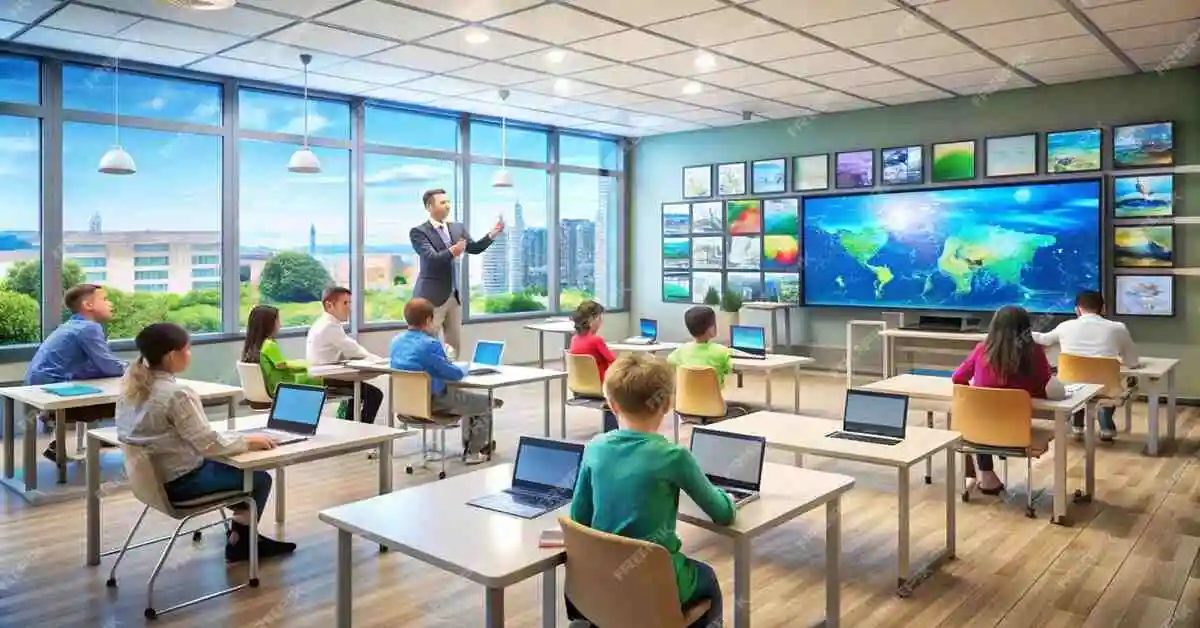Over the past few years, classrooms have changed a lot! Instead of just blackboards and chalk, many schools now use smart boards, tablets, and interactive tools to make lessons more fun and engaging. Teachers say this shift isn’t just making learning easier—it’s also helping kids feel less stressed and more confident.
Why Tech in Classrooms Helps Kids Feel Confident

Teachers believe that when technology is used the right way, it makes children active participants in their learning. Instead of just listening, students get to interact with lessons using digital quizzes, fun simulations, and collaborative projects.
“Interactive learning helps students understand concepts faster and makes studying more engaging compared to rote reading. We can also track their progress instantly.”says Borker, a teacher from Pune.
This instant feedback means kids feel proud of their achievements and become less scared of making mistakes. As they see their progress, their self-esteem grows and they feel more comfortable asking questions in class.
Making Classrooms Emotionally Safe
Learning can be stressful, especially when lessons move too fast or when kids feel shy about speaking up. Tech tools like AI tutors, learning videos, and interactive apps let children revisit lessons whenever they need to.
“In many private schools, technology allows children who feel anxious or need extra time to learn at their own pace. They can practice quietly, build confidence, and feel supported. Unfortunately, such facilities are still missing in most government schools, which is why many parents choose private schools that offer these tech-based methods.” says Meera Kapoor (Parents )
This approach also makes classrooms feel safer. Students don’t feel judged for getting an answer wrong—they can learn at their speed and even get help from virtual assistants.
Teamwork and Fun with Technology
Tech tools don’t just help with learning; they also bring students closer together. Group projects and shared online boards let kids discuss ideas, solve problems together, and build social confidence.
“Working on digital projects as a team helps kids talk more and share their ideas,” explains Ramya Chatterjee, an expert in Interactive Flat Panel Displays (IFPDs).
Today’s kids are growing up in a digital world. By using tech in classrooms, they aren’t just learning math or science—they’re also building important skills like critical thinking, problem-solving, and digital literacy, which are key for future careers.
When used wisely, classroom technology can make learning fun, reduce stress, and boost confidence. Instead of being passive listeners, kids become curious learners who feel safe, valued, and ready to take on challenges.








